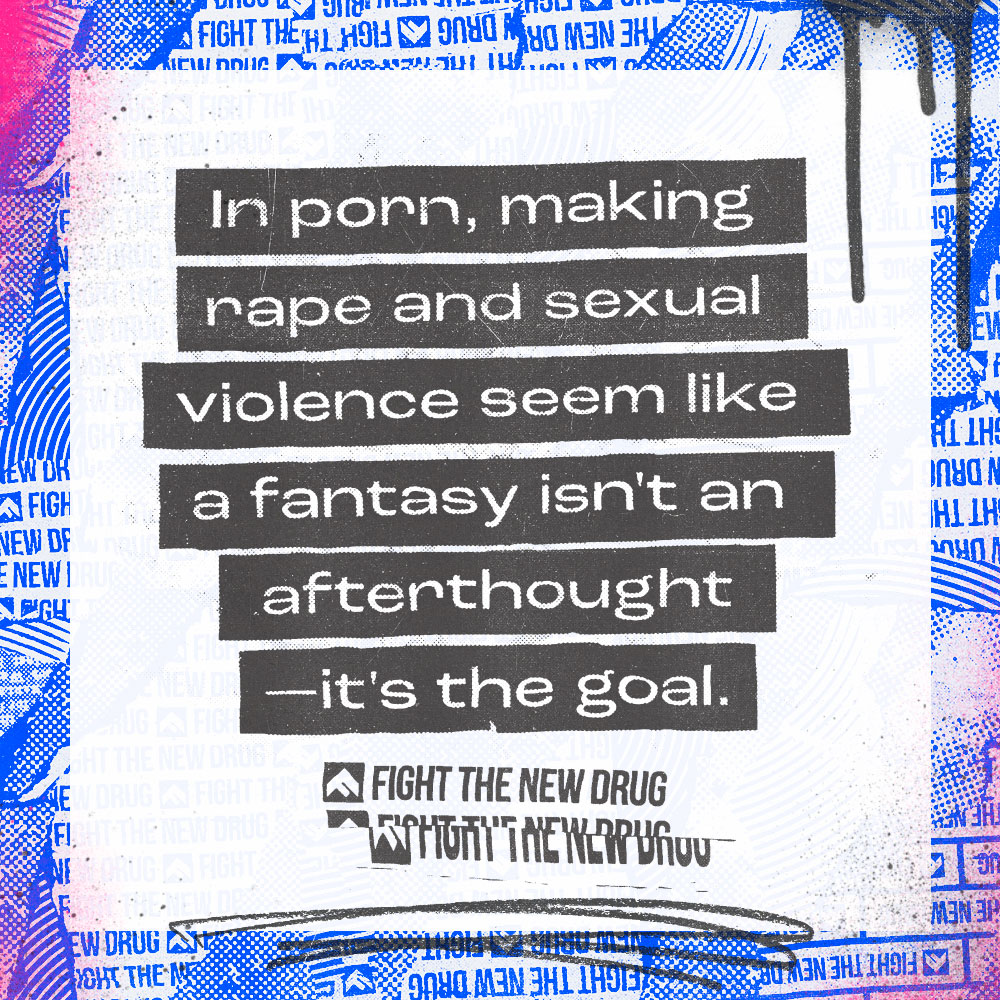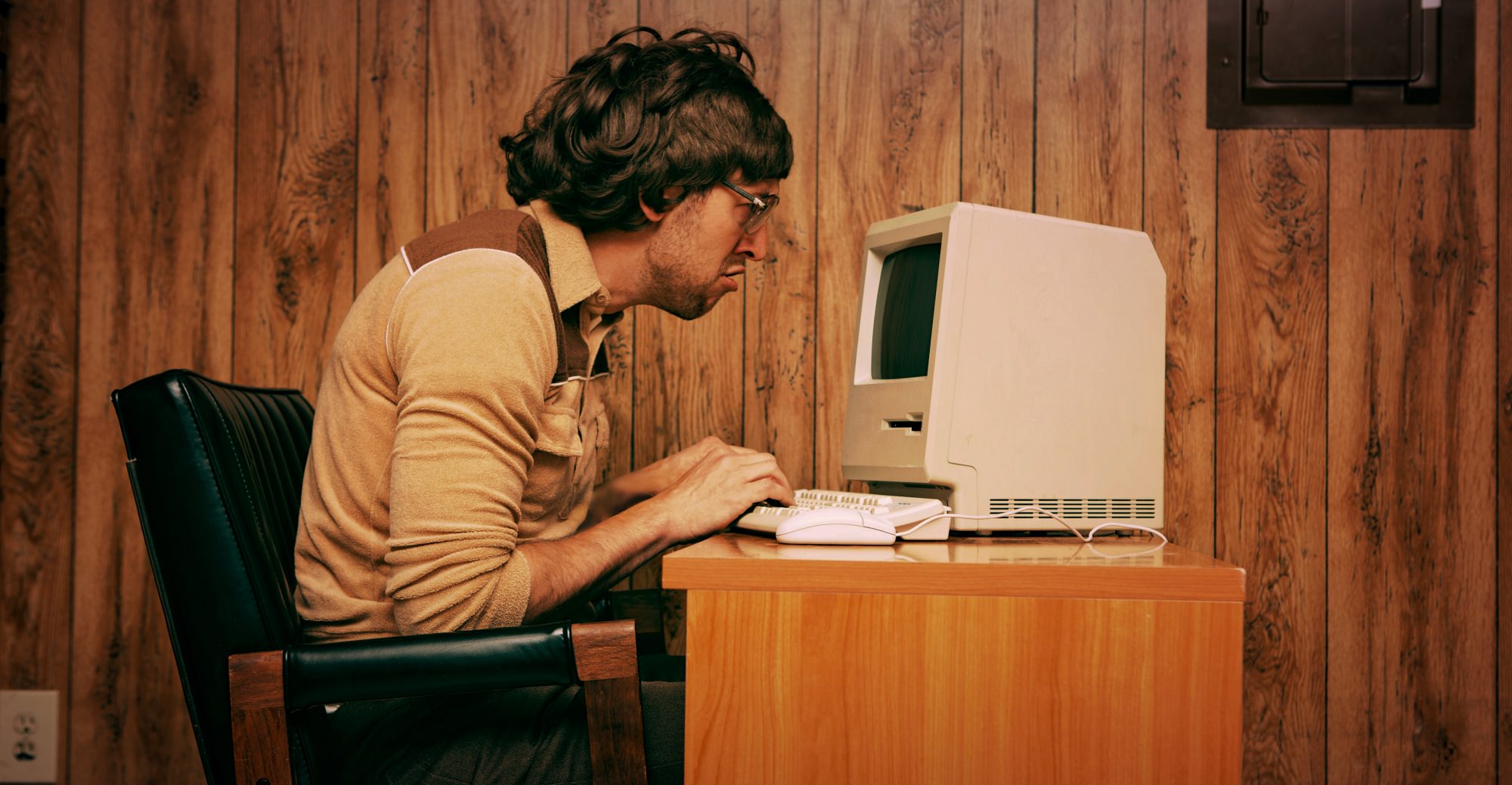The days of sneaking around to snag a Playboy magazine or to peek at explicit pictures hidden in your big brother’s dresser are long gone.
Since the internet, porn has changed a lot in numbers and content thanks in part to the “4 A’s of Pornography”: accessibility, affordability, anonymity, aggression. What exactly are the changes in porn as tech has evolved? To get a clear idea, let’s revisit some industry history.
An industry revolution: privacy
Let’s rewind it back to the 1960’s and 1970’s. An industry-altering idea and subsequent technology is introduced: stand-alone booths. These were small kiosks containing film players of 8-12 minute porn reels. Two minutes of porn for a quarter, this innovation made huge profits (over $2 billion in 1970) fast. Why? Because of the most revolutionary component:
Consuming porn was now more private.
For the first time, it became technologically feasible to watch pornographic films alone. Woah. Up to this point, people would have to risk their reputation and visit sketchy theaters or a rough part of town to watch erotic films (aka “stags”) in, typically, groups of men.
Having this “privacy” factor allowed for a greater, “public, shame-free” consumption. Booths broke down this “community” watching while simultaneously bringing down part of the first barrier for porn’s breakthrough: anonymity. These porno “peep” booths as they were also called, marked the real dawn of the modern porn industry as we know it today. [1]
Eric Schlosser, investigative journalist and author of a book on this period of the porn industry said:
“The widespread introduction of peep machines in the late 1960s gave porn filmmakers access to a vast new market and created an unprecedented demand for new films.”
Between 1971-1974, 60,000 booths were placed in the U.S. and Canada. Fifty to seventy-five films were being introduced each week, and a stimulus for porn shops, film production, and sex toys began.
This continued into the digital age, but this time, instead of a quarter for your time, the currency was credit cards in “pay-as-you-go” systems. [2]
Bringing porn videos home for the first time
Fast forward to the age of VCR’s, cable TV, and camcorders.
The market for amateur porn began to grow, and porn production costs were lowered. With the new technology in most people’s houses, there grew the idea that anyone could make a porn film. [3] Pornhub stats say that in 1978, though only 1% of Americans had VCR’s, “75% of the VHS tapes sold were porn.”
Related: Porn’s Harm Is Changing Fast
Why the growth in popularity of porn in VCR? Similar reasoning to peep booths. Porn was brought further into the private dimension. Though it’s hard to imagine now, this was a game changer. Consumers could privately consume in a way that had never been offered, not even by the peep booths. And rewinding, pausing, fast-forwarding was all new and revolutionary. Controllable, private consumption.
VCR’s became the final stepping stone before the internet took the stage.
The invention that changed it all: the internet
In the early 90’s, the internet was still in its toddler days. But that didn’t stop it from being a huge hit in the porn world.
It’s worth noting that when it comes to the mix of the internet and porn, there is nothing, “better capable of satisfying a porn [consumer’s] constantly changing appetites.” [4] Therefore, it’s no surprise that a push in the developing tech was given by those invested in porn.
By 1994, the first porn website was up, and “Dutch porn company Red Light District [developed] the first workable internet-based video streaming system.” Here, we see an explosion of anonymous access to content, 48% of which were downloads “far outside the sexual mainstream, depicting bestiality, incest and pedophilia,” according to a 1994 study by Carnegie Mellon. Already, porn’s tendency to escalate to more extreme content showed almost as early as it was born online.
Related: If You’re Stressed, Bored, Or Lonely, Is Watching Porn A Healthy Escape?
Going forward, there’s a huge shift in the number of porn consumers and the main way porn is consumed. In 2000, the first officially marketed smartphone was launched. In 2007, the first iPhone was revealed to the world. With this new portable tech, porn became accessible at the touch of anyone’s fingertips, anywhere.
In 2008, Pornhub reported that 99% consumed porn on a laptop, while 1% on mobile phone. Compare that to 2017, where 75% of people consumed porn on mobile phones. Pornhub was quick to take advantage during this transition, seizing especially an opportunity in young people—95% of whom own a smartphone—by launching their mobile site in August of 2008.
In 2007, when Pornhub was created, there were 134 videos uploaded. By 2016? Almost 500,000. Within less than 6 months of their tablet site launch in 2011, their total daily viewers had more than doubled, to 25 million. [5]
By 2012, the first HD videos were available on Pornhub. The largest site at the time, Xvideos, had over 4.4 billion page views…a month (FTND note: link trigger warning). Webcamming also entered the scene, and continues to grow today. At any given moment, 20,000 performers are webcamming on the largest sites.
By 2013, mobile site visits had surpassed desktop visits. By this time, porn had become increasingly normalized and even glorified, seen in TV shows, and demonstrated through studies, like this one, that 67% of young men believed porn to be acceptable.
In 2016, the Virtual Reality category was released, and by 2017, Pornhub clocked in at 75 million daily users and over 10 million videos. Unreal.
In 2019, Pornhub had over 42 billion site visitors, and over 6,830,000 new video uploads in addition to the tens of millions already on the site.
Today, we see video games mixed with virtual sex, customizable sex robots with greater interactive technologies, and increasing AI capabilities. Hardcore videos are still increasingly demanded and consumed, especially on mobile phones, and porn has captured the attention of almost 80% of young men in the U.S.
So what does this mean?
It’s widely believed that porn was the driver of many recently emerging technologies. You’ve got credit card and online paying services, larger bandwidth, closed captioning, digital cameras—just to name a few—in part thanks to porn.
However, it is important to note that while this may be true of some technologies and industries, the reason why it has been so “successful” is relevant. It boils down to one thing: the nature of porn.
Related: Porn Has Existed In Some Form For Centuries, So What’s The Issue With It?
As expert and internet historian Harley Hahn says:
“When you are successfully selling an addictive product, you’re always going to find yourself a pioneer in certain areas of the marketplace. It’s not so much that it allows you the freedom, but it pushes you into a market faster than other products.”
There’s no denying that porn is both potentially addictive and constantly requires novelty to remain stimulating.
The comparison is like this: Cocaine addicts don’t necessarily need “new cocaine” to keep them interested—just more of it. Yet, many compulsive porn consumers tire of existing product easily, which creates a special demand for more extreme versions and creativity, both in content and in the means of delivering that content. [6]
So, porn may be responsible for many technological advances, but is it surprising, given its toxicly addictive nature? For us, the more important question is this: science has proven that porn’s nature is uniquely addictive, are we going to let this drug continue to mark the path we take in technology and other industries?

Citations
[1] “The Oldest Impression.” The Erotic Engine, by Patchen Barss, Anchor Canada, 2012, pp. 53-54.
[2] Ibid., pp. 54-55.
[3] Ibid., pp. 89.
[4] Ibid., pp. 89.
[5] All Pornhub insights pulled from https://www.pornhub.com/insights/10-years
[6] “The Oldest Impression.” The Erotic Engine, by Patchen Barss, Anchor Canada, 2012, pp. 65-66.
Your Support Matters Now More Than Ever
Most kids today are exposed to porn by the age of 12. By the time they’re teenagers, 75% of boys and 70% of girls have already viewed itRobb, M.B., & Mann, S. (2023). Teens and pornography. San Francisco, CA: Common Sense.Copy —often before they’ve had a single healthy conversation about it.
Even more concerning: over half of boys and nearly 40% of girls believe porn is a realistic depiction of sexMartellozzo, E., Monaghan, A., Adler, J. R., Davidson, J., Leyva, R., & Horvath, M. A. H. (2016). “I wasn’t sure it was normal to watch it”: A quantitative and qualitative examination of the impact of online pornography on the values, attitudes, beliefs and behaviours of children and young people. Middlesex University, NSPCC, & Office of the Children’s Commissioner.Copy . And among teens who have seen porn, more than 79% of teens use it to learn how to have sexRobb, M.B., & Mann, S. (2023). Teens and pornography. San Francisco, CA: Common Sense.Copy . That means millions of young people are getting sex ed from violent, degrading content, which becomes their baseline understanding of intimacy. Out of the most popular porn, 33%-88% of videos contain physical aggression and nonconsensual violence-related themesFritz, N., Malic, V., Paul, B., & Zhou, Y. (2020). A descriptive analysis of the types, targets, and relative frequency of aggression in mainstream pornography. Archives of Sexual Behavior, 49(8), 3041-3053. doi:10.1007/s10508-020-01773-0Copy Bridges et al., 2010, “Aggression and Sexual Behavior in Best-Selling Pornography Videos: A Content Analysis,” Violence Against Women.Copy .
From increasing rates of loneliness, depression, and self-doubt, to distorted views of sex, reduced relationship satisfaction, and riskier sexual behavior among teens, porn is impacting individuals, relationships, and society worldwideFight the New Drug. (2024, May). Get the Facts (Series of web articles). Fight the New Drug.Copy .
This is why Fight the New Drug exists—but we can’t do it without you.
Your donation directly fuels the creation of new educational resources, including our awareness-raising videos, podcasts, research-driven articles, engaging school presentations, and digital tools that reach youth where they are: online and in school. It equips individuals, parents, educators, and youth with trustworthy resources to start the conversation.
Will you join us? We’re grateful for whatever you can give—but a recurring donation makes the biggest difference. Every dollar directly supports our vital work, and every individual we reach decreases sexual exploitation. Let’s fight for real love:





